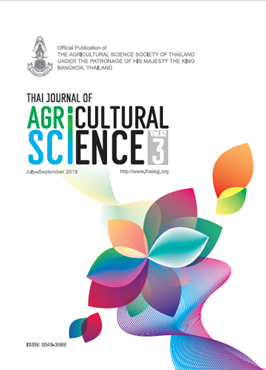Typhlodromus (Anthoseius) bagdasarjani Wainstein & Arutunjan (Acari: Phytoseiidae) as Dominant Species of Predatory Mite with an Introduction to Tydeoid Mites in Karaj
Main Article Content
Abstract
Karaj is considered as one of the most important area containing of many crop fields and orchards. There was a necessity to identify mites Fauna as a first step of the IPM strategy. This, study conducted in the significant parts of this area during 2014–2015. The samples were collected from ten regions of Karaj over 25 species of plants by beating, shaking shoots or foliage of various plants over a white tray. Mites were observed under a stereo microscope, preserved into 70% ethanol vials and finally mounted on microscope slides using Hoyer’s medium. The most dominant species were: (i) the Phytoseiidae species: Typhlodromus (Anthoseius) bagdasarjani Wainstein and Arutunjan (ii) the family of Iolinidae consisted of one species including (Neopronematus rapidus (Kuznetzov) and three species of the family Tydeidae (Pronematus spp., Tydeus spp. and Brachytydeus spp.) are reported in Alborz Province (Karaj, Iran). Simultaneously, the families Iolinidae, Tetranychidae and Phytoseiidae were populated respectively as the furthest to lowest frequency of occurrence in this region.


